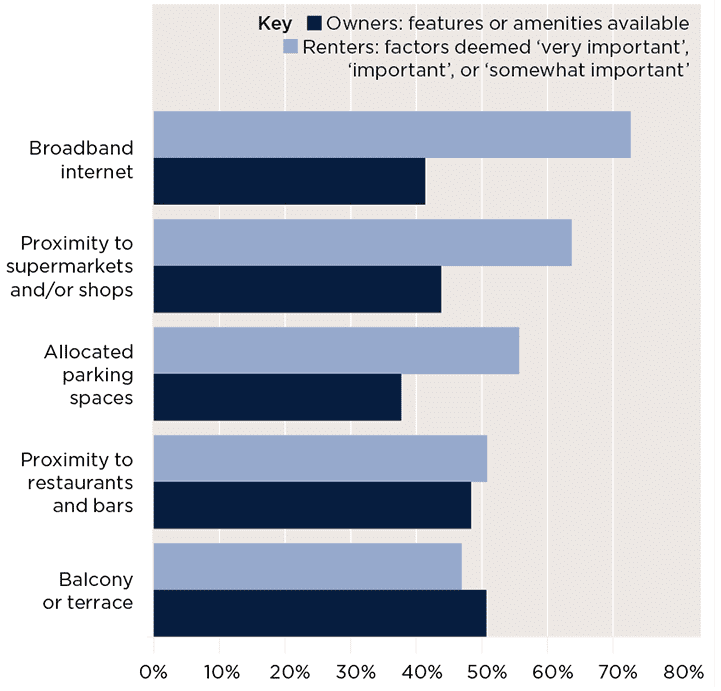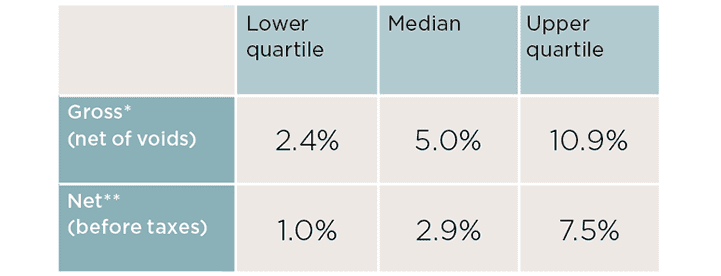trends and analysis
We take a look at the key influences affecting the ski property market
.jpg)
We take a look at the key influences affecting the ski property market
Understanding the motives and situation for owners and renters of ski properties is essential for buyers looking to enter the market. A joint Savills and HomeAway survey identifies five key trends affecting the market today.

Property preferences The features and amenities available versus renter demand
Source: Savills World Research & HomeAway

Short-let yields The rise of online platforms has driven yields for owners
Source: Savills World Research & HomeAway | Notes: *Annual income based on number of weeks rented **Annual income based on number of weeks rented less annual bills/upkeep. Figures based on a sample of properties. Please note, the sales prices are recorded at the time of purchase for properties bought up to 10 years ago, if there has been price inflation since purchase, yields based on this measure, will be higher than if they were based on current property value.
Note: In February and March 2018, Savills World Research surveyed 4,300 property owners who let their properties on HomeAway in seven markets: US, UK, France, Spain, Italy, Netherlands and Portugal. A second survey was carried out of 7,700 renters planning their next trip on HomeAway, from the same seven countries. Picked up in the surveys were more than 120 owners and more than 100 renters of ski apartments or chalets. From these findings we have identified a number of trends in the Alpine market.
For more information on purchaser trends around the globe, read our research on the Second Homes market here.
To hear more from Sophie Chick, director in Savills world research, and Jeremy Rollason, head of Savills Ski, discussing our latest research into the ski property market, listen to our Real Estate Insights Podcast: the ski report 2019.

6 other article(s) in this publication